The Crafts of Venice
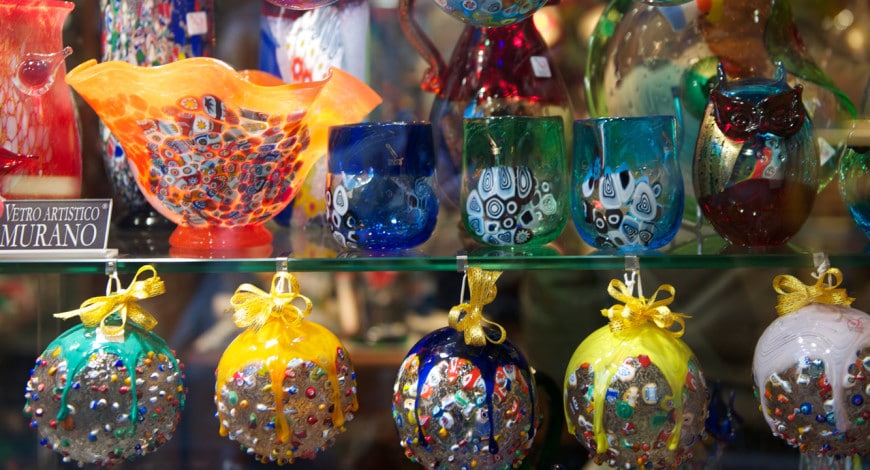
One of the most fascinating aspects of Venice is its rich craft tradition. The glories of Venice’s unique art and architecture are well known but these are complemented by an extensive and equally brilliant group of artisan products.
The best known of these is hand-worked glass. This craft was developed by glass blowers from Constantinople after the Venetian invasion of 1204 and was further enriched by refugees from the Ottoman conquest of the Byzantines in 1453. Murano glass became prized throughout Europe for the richness of its colour and for its sparkle. Refinements in the craft reflected developments in glass research into metallic oxides, which intensified the hues, and additives, which enhanced the sparkle.
It was the Murano blowers who first developed clear sparkling glass they called ‘cristello’, the model for crystal today. The trade in glass so enriched the economy that the families of master blowers were permitted to marry into the nobility and their products were so prized their craft secrets were protected under penalty of death. Furnaces of the original glass families still produce glass masterpieces today.
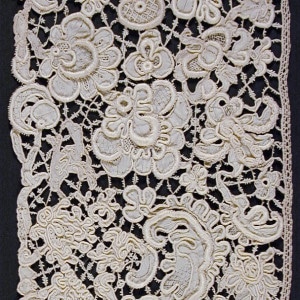
During the 1400s brocade textile production was largely dominated by Venice,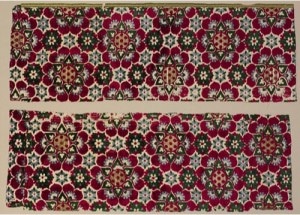
Venice’s grand palazzi and museums, filled with dazzling examples of sumptuous brocade, delicate lacework, exquisite costumes and fine Murano glass, commemorate artistry and skills refined over long centuries. Today in the workshops of Venice, artisans continue to draw on the traditions inherited from their forebears, to create new treasures for the modern world.
By Bernard Hoffert

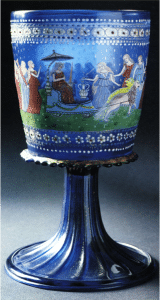
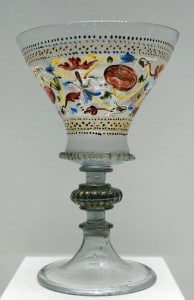
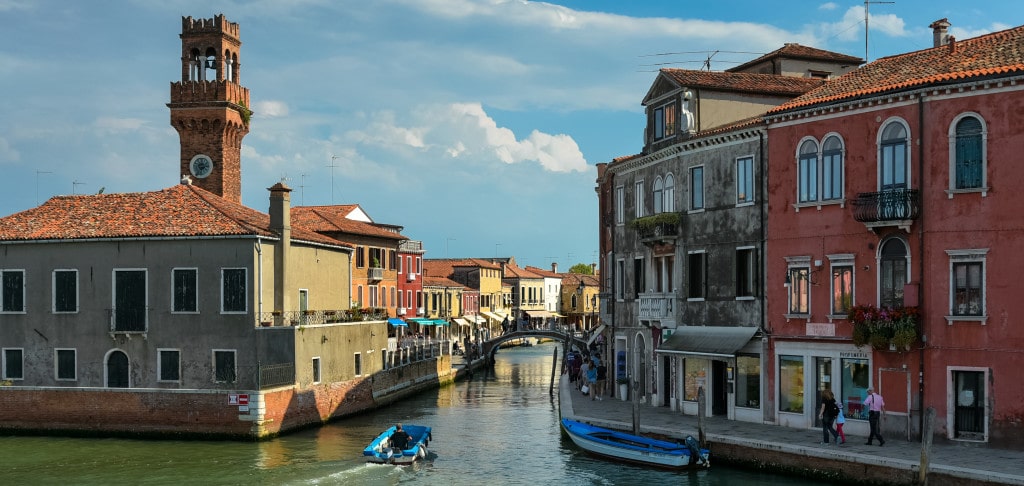
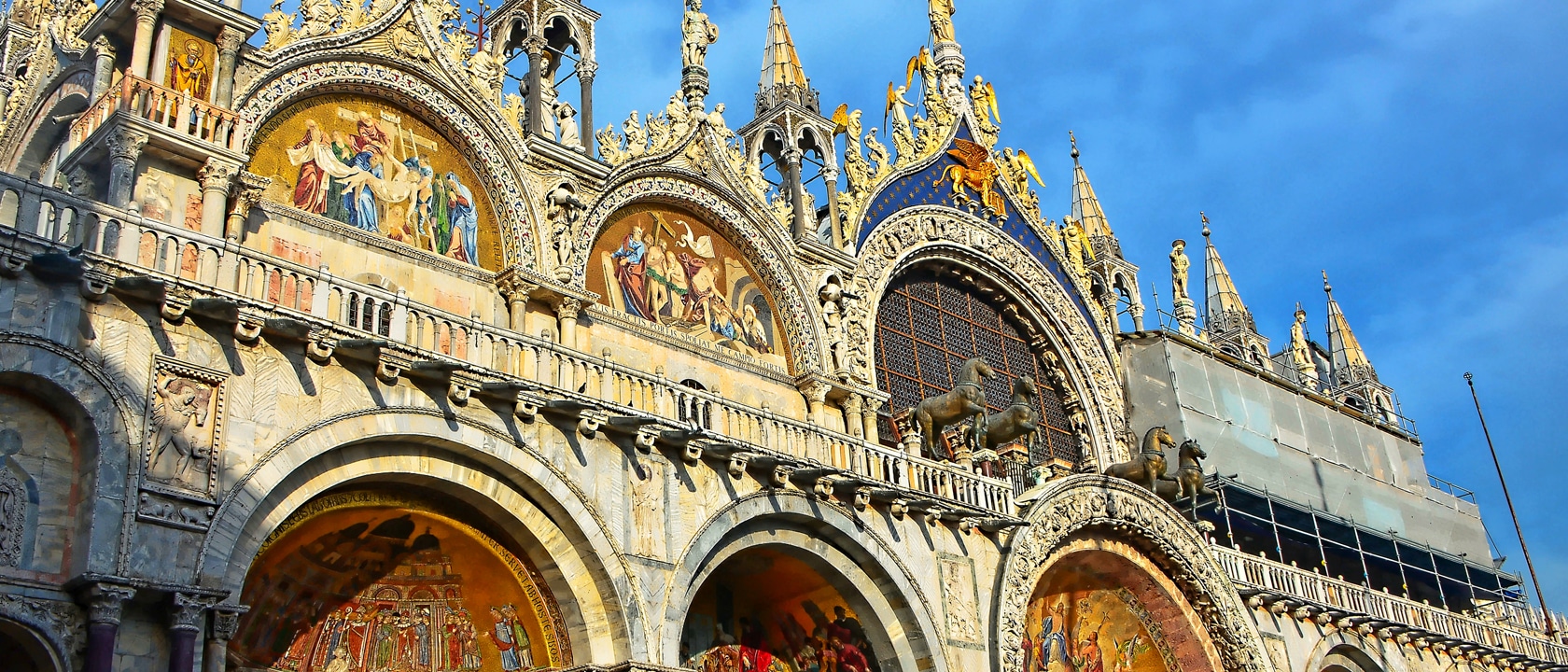 Venice: Jewel of the Adriatic 2025
Venice: Jewel of the Adriatic 2025 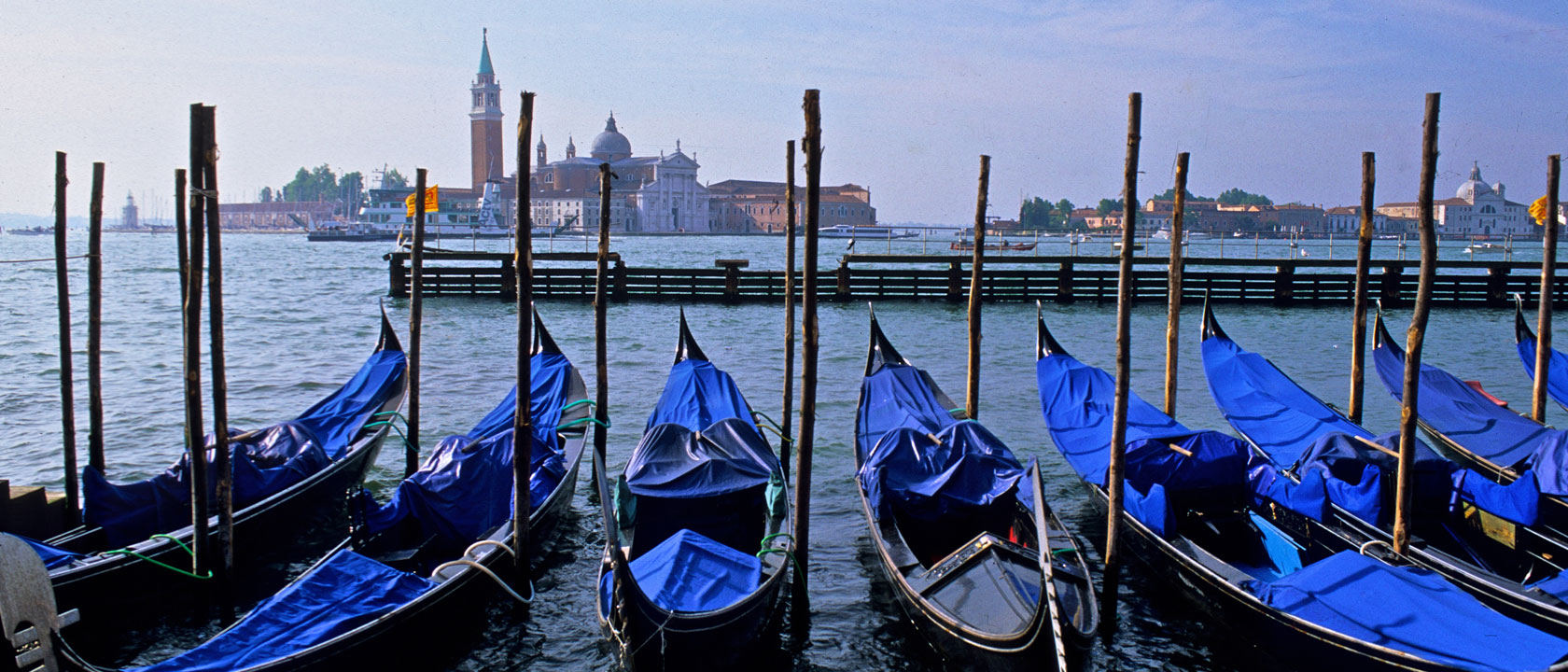 Venice: Jewel of the Adriatic 2024
Venice: Jewel of the Adriatic 2024